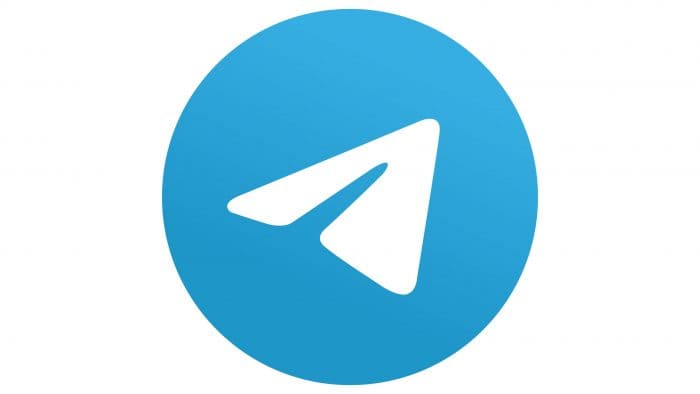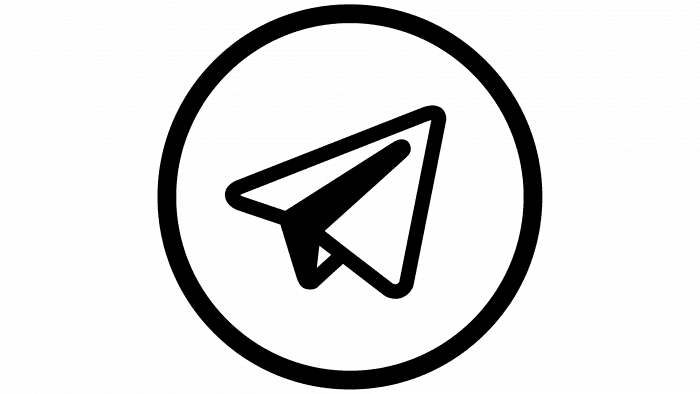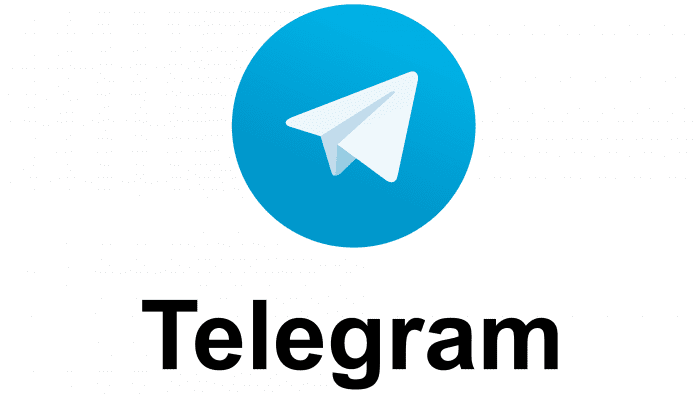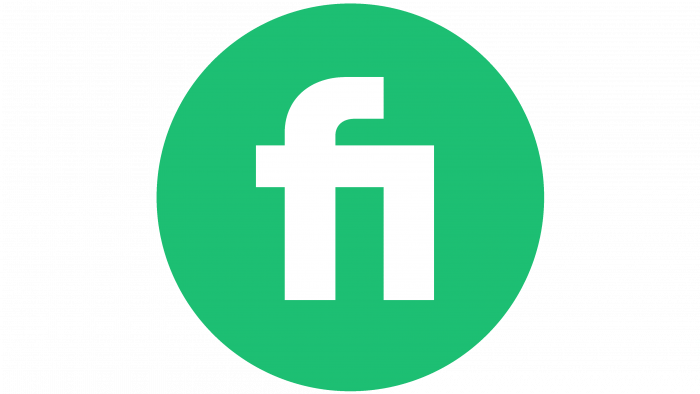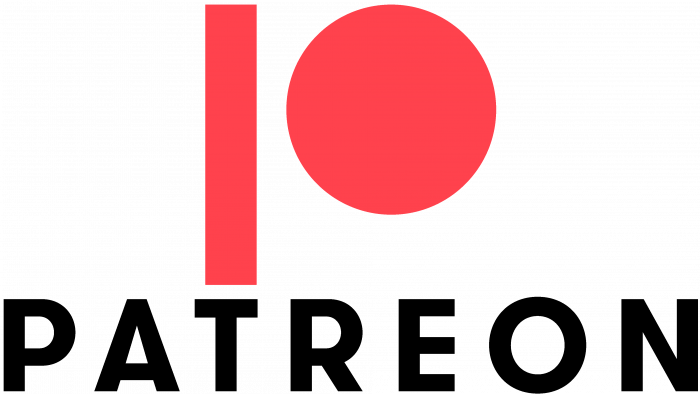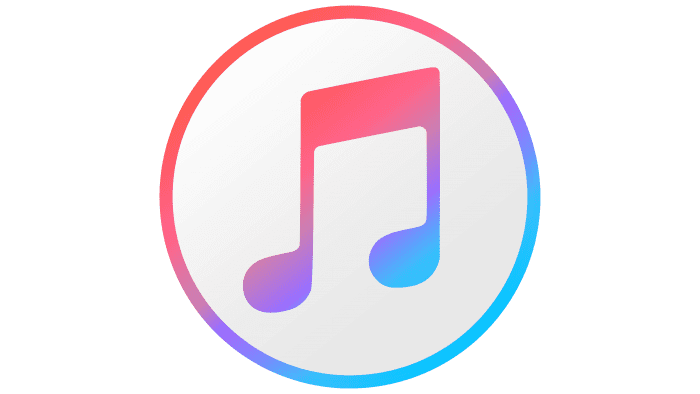According to the Telegram logo, your message flies to the subscriber and will be delivered safely and soundly. The emblem is a prototype of continuous communication with the help of modern Internet technologies.
Telegram: Brand overview
| Founded: | August 14, 2013 |
| Founder: | Nikolai Durov, Pavel Durov |
| Headquarters: | Tortola, British Virgin Islands |
| Website: | telegram.org |
Meaning and History
Russian entrepreneur Pavel Durov created Telegram in 2013, but this idea came to him two years earlier when special forces stood at his apartment door. He then realized the importance of a secure communication method that no one can trace.
At first, the messenger was a project of the Digital Fortress company. It became a kind of experiment on the MTProto cryptographic protocol: the developers wanted to test whether the encryption could withstand heavy loads. At that time, the media compared Telegram to WhatsApp, and users looked for bugs in the application to get the promised $ 200,000.
Even then, the messaging system had a white and blue logo instead of an icon. Pavel Durov was in no hurry to change it because the paper airplane inside the circle became a kind of Telegram calling card. The only redesign was to simplify graphics when minimalism came into vogue.
What is Telegram?
Telegram is a cloud-based communication and content sharing program. In the first month of 2021, it overtook absolutely every application globally in the number of downloads. Such popularity is due to its strong encryption of chats, groups, and calls, which restricts data access to all but Telegram servers. The first version of the software was released in 2013.
2013 – today
The first emblem consists of a complex set of geometric shapes. It is based on a large blue circle, inside which the rest of the elements are located. In the center is a white arrow-shaped triangle with rounded ends. It is divided in half by a pointed light gray stripe curved at the bottom. In the place of the fold, a small gray triangle is in the very corner. The polygons form the paper airplane, and the circle is used as the background.
2019 – today
The second version of the logo appeared in 2019. The designers reduced the number of geometric shapes, leaving only two: a light blue circle and a white arrow-shaped element representing the plane’s wings. The gray polygons have disappeared—a notch remains in the elongated strip, which divides the triangle into two symmetrical parts.
Telegram: Interesting Facts
Telegram is a messaging app known for its focus on speed and security, and it was created by Nikolai and Pavel Durov in 2013.
- Origins: Started by the Durov brothers, who founded VKontakte, Telegram was designed to be fast and secure.
- Security First: It’s known for strong security, offering end-to-end encryption in “Secret Chats” and using its encryption protocol, MTProto.
- Cloud-Based: Telegram allows access from multiple devices simultaneously, making it easy to sync messages across phones, tablets, and computers. This setup also helps with sending large files quickly.
- Growing Popularity: Telegram’s user base has grown fast, especially when people look for alternatives to other apps due to privacy concerns.
- Channels and Bots: The app offers channels and bots that can send out broad messages or provide services like news or weather, useful for more than just chatting.
- Fighting Censorship: Telegram opposes censorship, facing bans in some countries but still offering ways to bypass restrictions with proxy servers.
- Making Money: Having started with Pavel Durov’s money, Telegram now looks at privacy-friendly ways to earn money, like premium subscriptions and sponsored messages.
- TON Project: Telegram tried to start a blockchain platform, the Telegram Open Network, but stopped because of legal issues with the U.S. SEC.
- Large Groups: This app allows you to have group chats with up to 200,000 members, much more than many other apps, making it great for big groups or communities.
- Customizable and Private: Telegram lets you change themes and organize chats. It also prioritizes privacy with features like disappearing messages and anonymous message forwarding.
Telegram combines these features to provide a secure and versatile way for people to communicate online, standing out in the crowded messaging app market.
Font and Colors
Both Telegram emblems – both old and new – are used instead of the program icon and changed in the settings at the user’s request. They are also found in documents, promotional materials, and souvenirs because the company has not abandoned its previous symbol after the redesign. The second version looks much more primitive than the first: the volume has disappeared, and because of this, the airplane has become even more abstract. This minimalism is explained by the fact that recently, there has been a visual simplification of graphic design. This applies not only to Telegram but also to other brands, from Ikea to Apple.
Both messenger emblems feature the image of a flying plane. This symbol has a dynamic associated with the speed of message transmission. It is also a symbol of communication between people—not only as a vehicle but also as a paper airplane folded from a note.
The company did not have to involve typographers in the logo’s work because there was no word. The designers focused on the graphic component to make the image a full-fledged icon.
The colors were reflected in the proprietary Telegram palette: white and blue. The circle is painted in Rich Electric Blue’s shade (# 0088CC), making the light plane visible against its background.
FAQ
What is the symbol of Telegram?
The symbol is simple and recognizable: a light-blue circle with a white paper plane in the center. This design reflects the brand’s goal of connecting people through messaging.
The light-blue circle represents clarity and openness. It matches the brand’s goal to offer a clear and easy-to-use platform. The white paper plane in the middle symbolizes sending messages, the app’s main function. This clear design helps users quickly identify the brand and its purpose.
What size is the Telegram logo?
The logo is 512 × 512 pixels, the standard size for its PNG preview. It is available in SVG format, which maintains clarity at different sizes.
This size ensures the logo looks clear on various devices and platforms, whether on mobile apps, desktop applications, or the web. With its light-blue circle and white paper plane, the logo remains visually appealing and recognizable even at smaller sizes.
What is Telegram used for?
It is a messaging app that focuses on speed and security. It is fast, simple, and free. You can use it on multiple devices simultaneously, with messages syncing seamlessly across your phone, tablet, and computer.
The app offers one-on-one chats, group messaging, and channels for broadcasting to large audiences. You can send photos, videos, voice notes, and documents up to 2 GB, making it useful for personal and professional communication.
Security is a key brand feature. Secret chats use end-to-end encryption, ensuring only the intended recipients can read the messages. Regular chats are cloud-based, allowing easy access from different devices while maintaining security.
The brand includes bots for automated tasks, customizable themes, and an open API for developers. This flexibility suits various needs, from casual conversations to business communications.
What is a Telegram account?
An account is an online profile that lets users access the brand’s messaging services. This cloud-based app stores your messages and media on remote servers, not your device. This setup has several benefits.
One major feature is seamless synchronization. You can simultaneously access your messages from multiple devices, including phones, tablets, and computers. You can start a conversation on your phone and continue it on your computer without interruption. With a Telegram account, you can share unlimited photos, videos, and other files like documents, zip files, and mp3s.
Setting up an account is easy. You register with your phone number, which identifies your account. You can create a profile with a username, allowing others to find you without your phone number. This adds privacy and flexibility when connecting with others.
An account lets you use various features like group chats, channels, and bots. Group chats let you communicate with multiple people at once. Channels allow you to broadcast messages to a large audience. Bots can automate tasks and provide extra functions, improving the user experience.
What do the symbols on Telegram mean?
The symbols show the status of your messages.
The clock symbol indicates that the message is being sent. It appears when you press send, indicating that the app is processing the message.
A single checkmark icon shows that the message has been delivered to the server. This means the message has left your device and is now on the server, waiting to be delivered to the recipient.
When the recipient gets the message, two stacked checkmarks appear. This means the message has been delivered to the other user’s device.
These symbols help users know the status of their messages.
What does the Telegram logo mean?
The logo features a paper airplane, which has several meanings. It can be seen as a folded letter sent through the air, representing communication and message exchange.
The paper airplane symbolizes flight, highlighting creativity and free expression. It reflects the high speed of messaging the app offers.
The airplane is a means of transportation that quickly connects people. This shows the brand’s fast and efficient communication mission, bringing users closer together regardless of distance.



